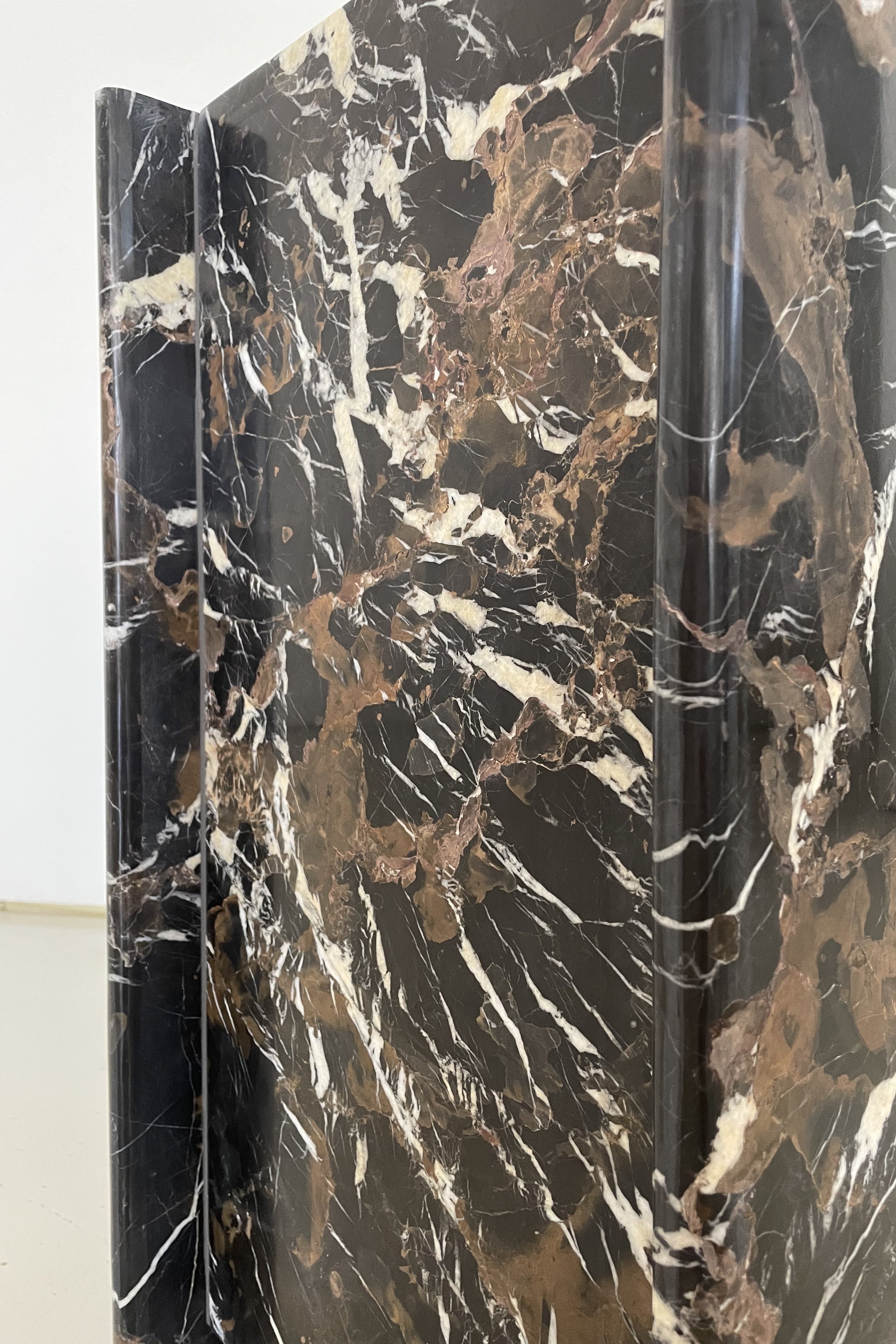Our name “MENO” has roots in the Greek verb which means
“to live, dwell, abide; to be in a state that begins and continues, yet may or may not end or stop”. Describing a symbiotic, circular relationship between things, we reflect the intention of our name-sake by featuring sustainable furnishings and decor concepts, promoting circular product lifecycles and a positive symbiosis between people and their furnishings.
Our mission is to connect the furniture industry to innovation, accelerating positive change by reducing waste, toxins and carbon.
We offer furniture and lighting design services alongside Interior Designers and Architects, as well as a ready-to-shop collection of decorative pieces that incorporate sustainable materials and practices within a Carbon-conscious approach.
With a tenured furniture and lighting designer at our helm, we not only design and launch our own collections which are sold at select retailers, but we also collaborate to create unique designs for other retailers, wholesale brands and manufacturers.
We believe that what we have learned from moving between the factory and retail floor should be open source, promoting better sustainability practices within the design industries.
Our Approach.
Less Waste.
The Furniture industry is currently estimated to be the #3 user of virgin wood globally, contributing significantly alongside the paper industry to deforestation. Furniture also accounts for 12 Million tons of bulky waste in US landfills alone every year.
MENO has identified waste reduction is one of the top three attributes of sustainability issues to address within all Furniture and Home Fragrance we make.
We plan to continually design into more circular product lifecycles, to more efficiently use raw materials and also to keep those ingredients and materials
out of waste streams.
We strive for:
Design beyond trend.
Non-virgin (reclaimed) woods
Upcycled fabric content/fibers
Design for circularity (repair/reuse/reimagine)
Plastic-free packaging
Less Toxins.
There are currently thousands of unregulated chemicals used in consumer goods. Alongside these, are known chemicals such as highly-fluorinated chemicals (flame-retardants), VOC’s (like formaldehyde), and other chemicals of concern to human health such as PVC’s, and Antimicrobial coatings. In addition to eliminating these materials of concern from our products, we aim to dramatically reduce the use of plastics, the use of virgin synthetic materials, and to design using as many truly renewable raw materials as possible.
We choose to pursue Evidence Based Design, knowing that 80% of a products potential sustainability impact takes place at the concept design phase. Our goal as a design-led company is to create and develop furnishings that do not contain toxins and harmful substances.
We require:
Low or NO VOC finishes
NO added PFAS
NO Flame Retardants
Natural, plant-made foam
NO toxic stain guard
NO electroplating
NO AZO dyes
Less Carbon.
Furniture and smaller home goods require shipping and a significant amount of packaging. We aspire to build a network of carbon-neutral and eventually carbon-negative logsitics. In the meantime, we are changing what we can. We are committing to the use of zero plastics in our packaging materials. We are also partnering with shippers who utilize electric fleets where we can.
We plan to reduce the paper goods also used in our packaging, replacing as much as we can with alternatives such as US-made Mushroom “styrofoam” alternatives where new materials must be utilized. We are also re-using the recyclable packaging that our raw materials and parts come in, giving those secondary packaging materials a second life cycle, at minimum.
We focus on:
Localized moments within global supply chain
Reduced freight
Lower Carbon-embodying materials
Hand craft partners
Verified Carbon Offset suppliers
NO air freight
Discover furniture that can nourish your space—not pollute it.
Every year over 12 Million tons of furniture goes to landfills in the US alone
(by comparison, apparel accounts for just over 9 Million tons)
Under-regulated furniture manufacturing results in consumers being exposed daily to toxins and carcinogens, undermining their health by worsening their indoor air quality.
And furniture materials and manufacturing contribute greatly to the devastating amount of
greenhouse gas emissions and deforestation that are accelerating global climate change.
(Furniture is currently the third largest user of virgin lumber globally
behind only the paper and building construction sectors)
Our approach is realized as we design furniture with circular product lifecycles, build change with the use of climate-friendly materials, and lead people to a lower carbon approach.




